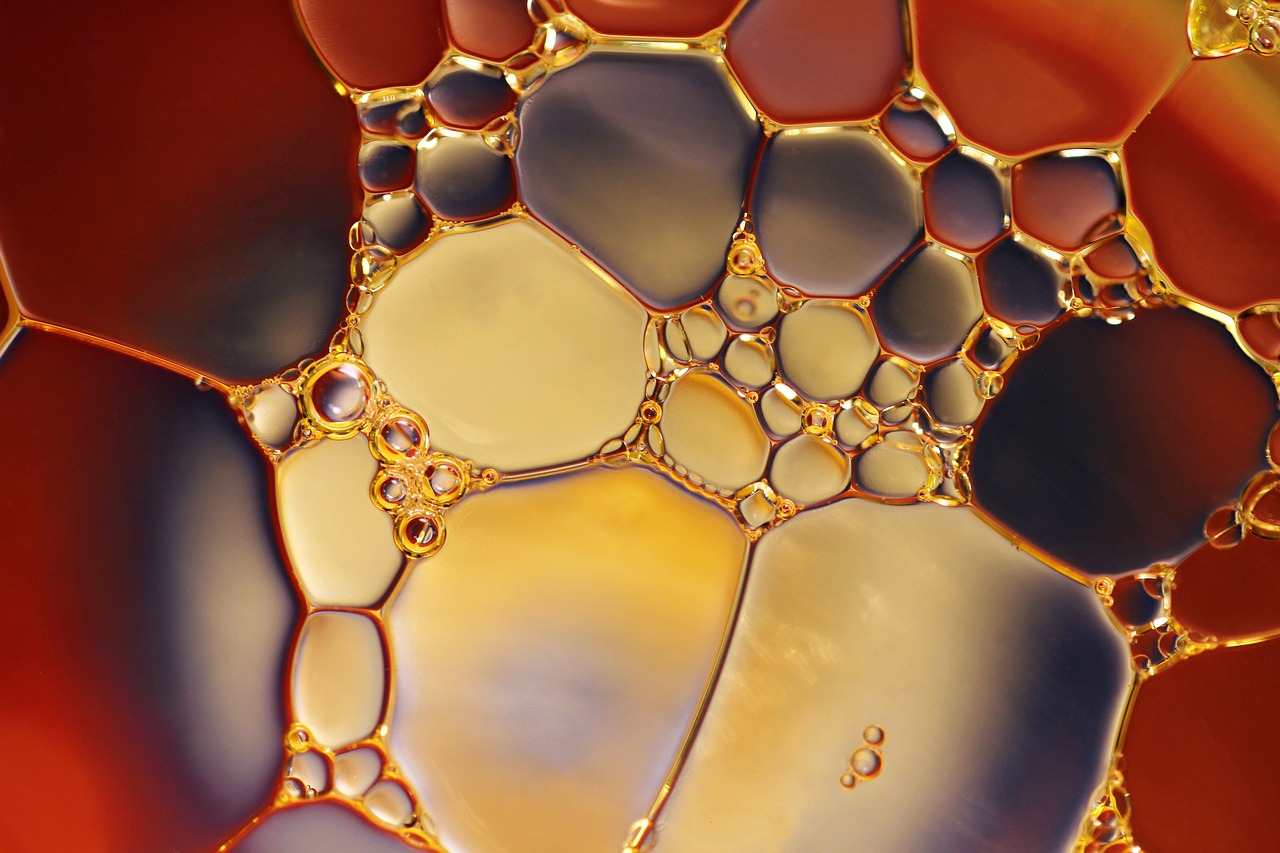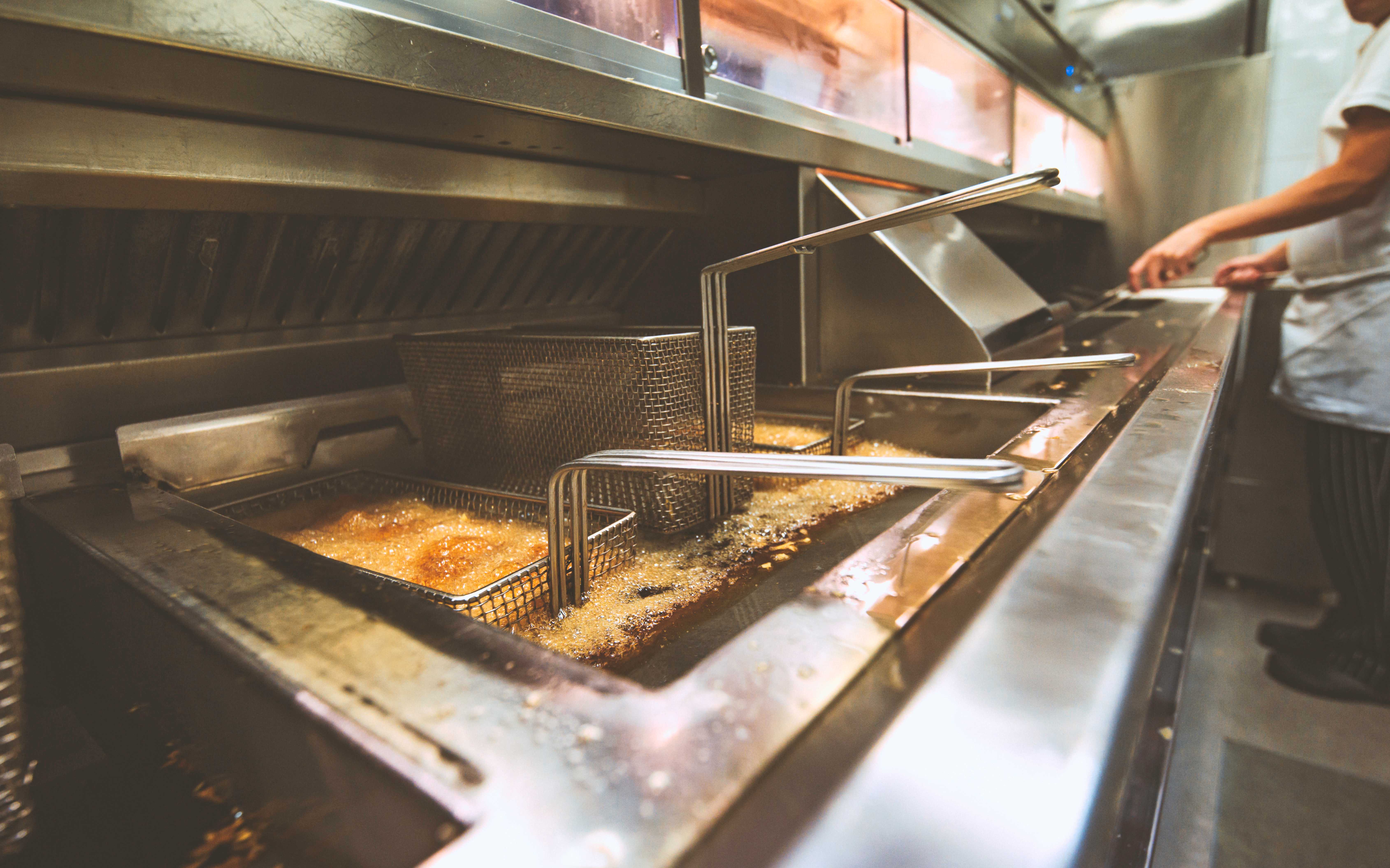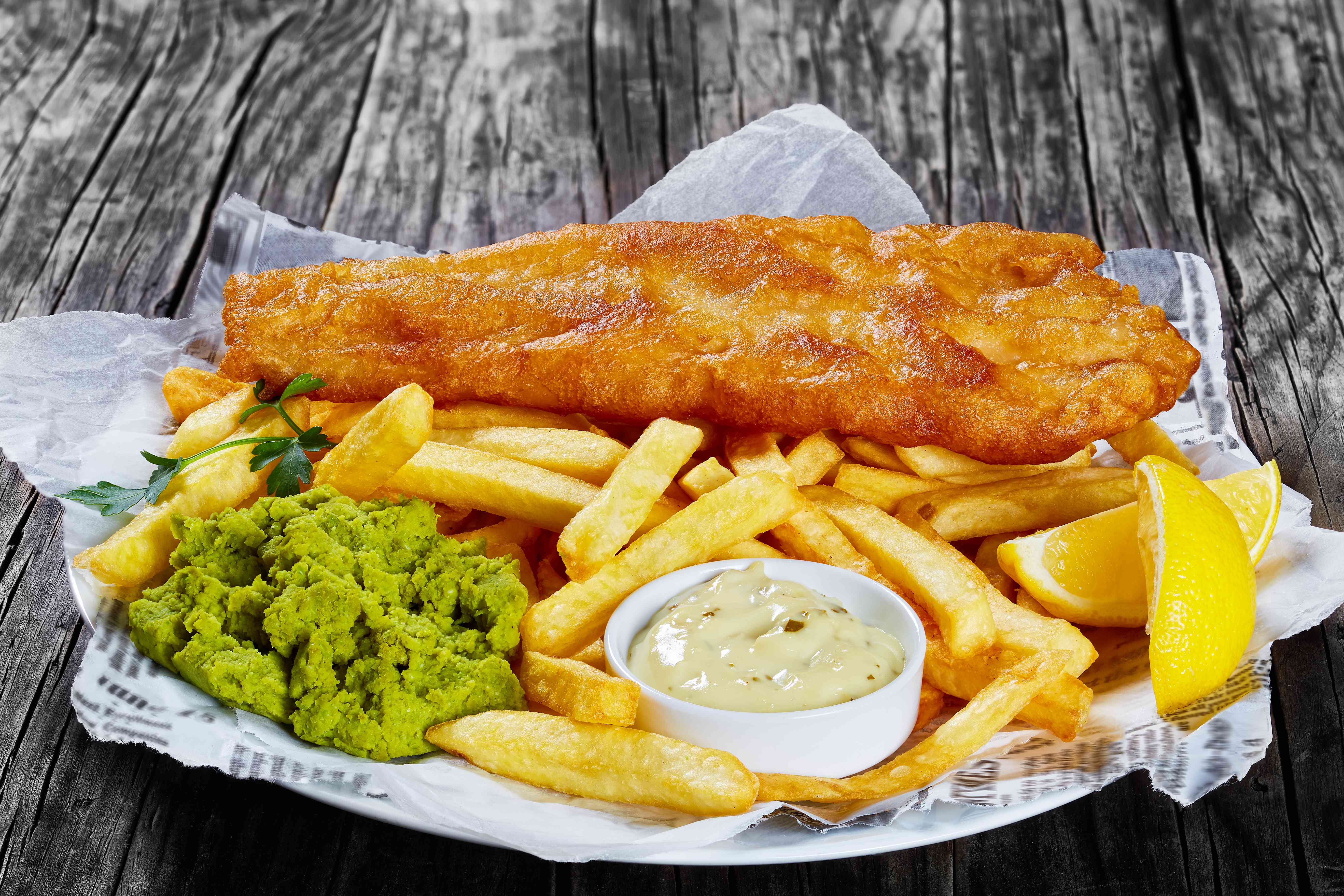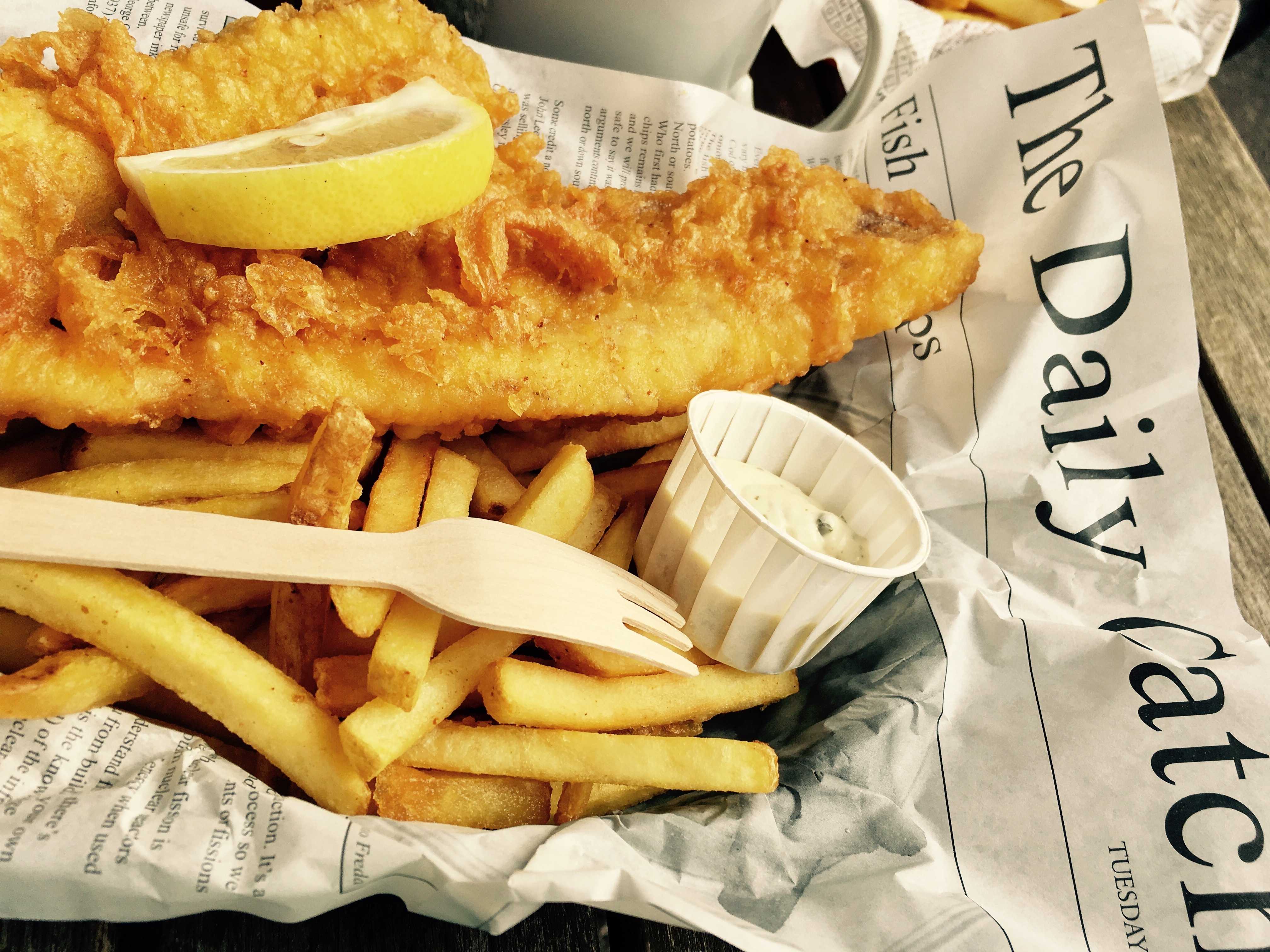What is frying?
Frying is a cooking technique whereby heat is transferred to a food item from the hot oil that surrounds it.
People have been frying food in oil for centuries, not least because frying oil transfers heat much faster than air in baking or water in boiling. Frying also has the added benefit of creating a distinctive flavour and crispy crust on the surface of whatever foodstuff is being fried. It’s both the taste and convenience of frying that make it one of the most popular cooking techniques in the world today.
What is deep frying?
Deep frying is a dry-heat cooking method whereby the entire food item is submerged in the frying oil. Unlike sautéing or stir-frying where the food item is cooked in a thin layer of oil, deep frying involves the complete submersion of food in the frying oil.
Depending on the foodstuff and the type of frying oil being used, a high temperature of around 180-190°C needs to be maintained to cook the food thoroughly and produce that trademark golden-brown crust.
Some of the most popular fried foods in the world include fried chicken, calamari and, of course, fish and chips. Many foodstuffs can be deep fried (check out our recent post on the weirdest deep fried delicacies), with most foods being covered in batter before being deep fried.
What is the science behind frying?
So now you’re up to speed with what frying and deep frying are, let’s take a more detailed look at the scientific processes that allow deep frying to take place, producing some of our favourite foods.
What is the deep frying process?
Food item is submerged
When the optimum temperature is reached, the food item is fully submerged in the frying oil. The heat of the oil will quickly raise the surface temperature of the food to the boiling point of water. Heat is now being transferred in two ways – convection and conduction. Firstly, convection causes the movement of frying oil from warmer regions to the cooler regions surrounding the food, therefore ensuring a consistent heating of the food’s surface. Secondly, conduction cooks the interior of the food as the heat energy diffuses from the food’s surface and is transferred deeper into the food’s core.Surface boiling
The heat transfer caused by the processes above will then cause the water in the food to turn to steam. Much of this steam then escapes through the surface of the food, turning to bubbles and creating that iconic sizzling of frying food. As the vaporised water escapes from the food, it produces a “steam barrier” around its surface, which prevents the frying oil from soaking into the food. It’s not only this desiccation that creates the delicious crust on fried foods, a chemical process known as the Maillard reaction (named after the French chemist Louis Camille Maillard) also contributes to the colour and – more importantly – flavour of the crust. This reaction causes the proteins, sugars and carbohydrates in the food or batter to alter, producing the characteristic crunch and rich flavours that we’re all looking for in deep fried food.Heat transfer slows
As the surface of the food continues to dehydrate, less steam is produced and therefore fewer bubbles form. The steam that cannot escape through the surface remains trapped in the food and rapidly cooks it from the inside.Food item is retrieved
Once the food turns that beautiful golden brown colour and few bubbles are forming on its surface, it’s ready to remove from the oil. Much of the water will have escaped and the heat will have diffused through the food to cook it evenly. As little steam is being produced and there is now no “steam barrier”, it’s important to retrieve the food from the oil as quickly as possible. If left, frying oil could seep into the food, making it soggy and compromising its taste. There’s little worse than oily chips, so make sure you’re always vigilant when you’re frying!
So there you have it, the science that explains how frying food in oil leads to the fried foods we know and love today.
One of the most important factors in achieving the best quality deep fried foods is using the best quality frying oil. Frymax is a fully refined, long lasting and sustainable vegetable oil, which is why it has been the frying oil of choice in the fish and chip industry for over 60 years. Get in touch with our team today to find out more.
Become a Frymax member today to gain access to exclusive content, expert frying advice and the chance to enter our fantastic competitions.






